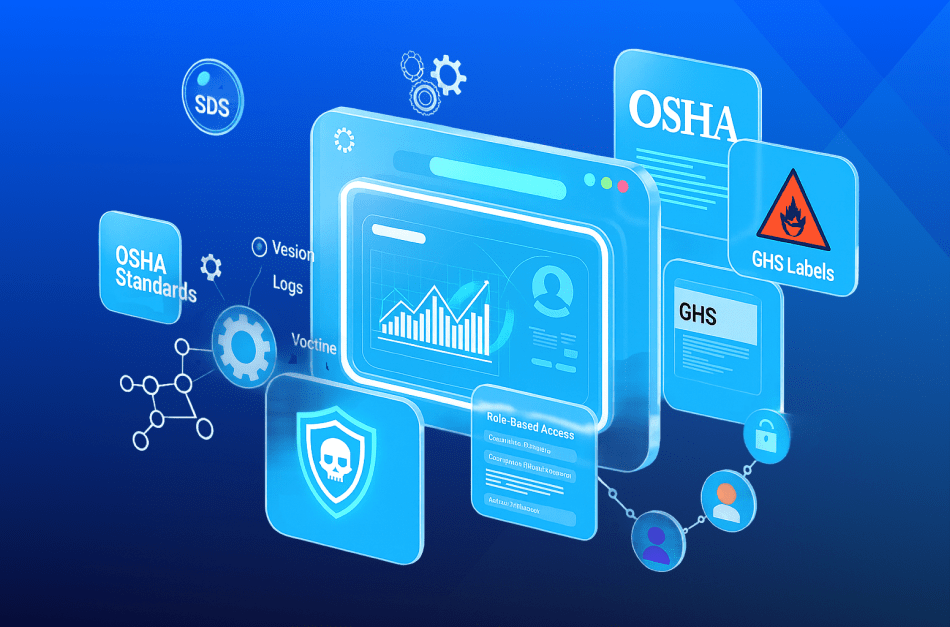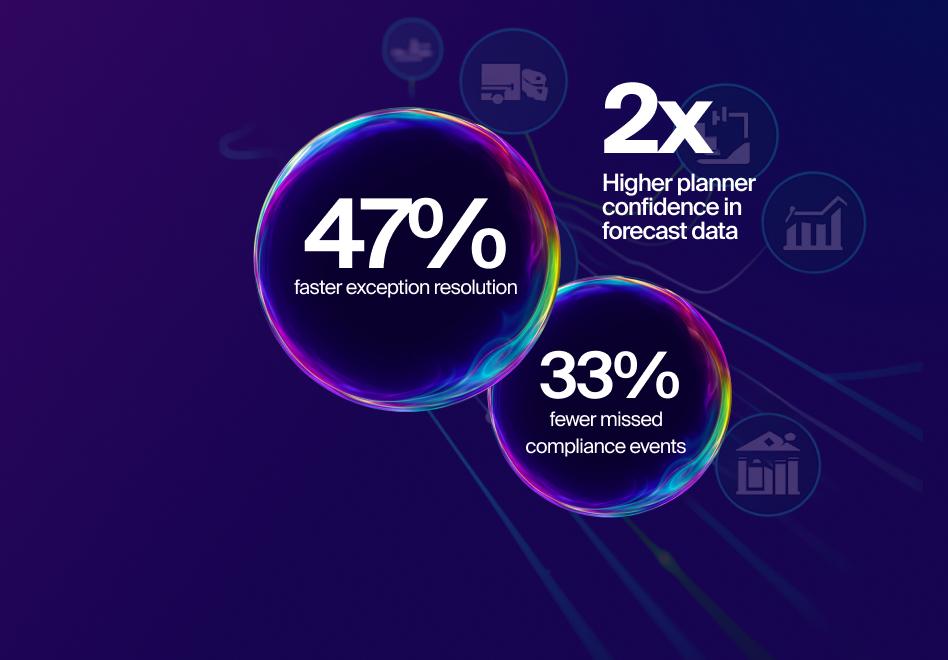At a Glance
Technology is becoming a driving force in many industries and the chemical industry is no different. It’s easy to say the future of the chemical industry will continue to involve new and emerging technologies. Among the most cost-effective ways is through enterprise resource planning (ERP) software.
Among the industries benefiting the most from ERP systems’ integration of supply chain management are:
- Manufacturing
- Healthcare
- Pharmaceuticals
- Plastics
Introduction
Tech will spur innovation in the chemical industry, a global management consulting firm, states.
“Historically, the chemical industry has generally been a slow adopter of new digital or analytics technology,” a McKinsey & Company report on the state of the chemical industry asserts. “Still, new digital approaches can provide incremental and relevant benefits (mostly around asset and commercial productivity).”
Among the chemical industry trends highlighted in the report are:
- Productivity gains from using artificial intelligence (AI) in production, marketing and sales plus research and development.
- Competitive advantages from having robust real-time information on sales, costs and inventories.
- Increasing performance transparency around chemical products, management teams, individual activities and business lines.
- Using process automation to change the way chemical companies think about complexity, scale and sourcing of administrative activities.
“While it continues to be unlikely that the chemical industry at large will experience a revolution, the evolution it faces will be continuously accelerating in speed and eventually significantly change the way things are done,” McKinsey states.
Other Ways Tech Boosts Chemicals
In addition to the business advantages cited by McKinsey, six other reasons why chemical companies are boosting their investment in technology are:
- Cloud storage and information sharing
- Advanced maintenance analytics
- Reduce, reuse and regenerate
- Yield, Energy and Throughput (YET) analysis
- Globalization
- Value Maximization
Cloud storage and information sharing lets wide-spread companies keep their divisions informed. For example, Sales in the U.S. can tell Procurement in India what to expect. That way Procurement has time to manage inventory.
Advanced maintenance analytics lets production facilities predict when a machine will break, Europe-based AG Chemi Group reports. By monitoring wear points, employees can replace worn components before they break. This reduces machine downtime by 30% – 50% and boosts machine life by 20% -40%.
Connected sensors, which are used by the Industrial Internet of Things (IIoT) to send data to company networks. Company engineers can evaluate the data to pinpoint the components most likely to wear, order replacements and have them ready to install.
Managing and reducing chemical waste , reusing products and materials and regenerating natural systems is part of the circular economy, which the Ellen MacArthur Foundation states, helps companies redefine growth by focusing on positive society-wide benefits. The circular economy model builds economic, natural and social capital, the foundation claims. AG goes further and states that chemical companies can take advantage of current trends in chemical engineering and process technology to increase efficiency, lower raw materials consumption and reduce manufacturing costs by reducing chemical waste.
YET analysis focuses on improving efficiency by reducing bottlenecks. Using information from literally millions of data points, companies can model the production process and identify areas for improvement.
Globalization is part of how the world now operates. Suppliers and customers are literally spread all over the globe. As a recent example, a ship stuck in the Suez Canal delayed 12 percent of global trade for more than six days. U.S-based companies depending on pre-production materials from Europe were stuck waiting, delaying production.
Value maximization refers to the idea that, “The economics of specialties production (such as chemical manufacturing) may demand maximizing output of a high-value product, while commodities production may prioritize holding down costs, but the former is typically built on the latter. Put simply, the businesses may have two separate profit and loss accounts, but they are connected to the same pipes,” AG Chemi quotes Valerio Dilda from the Polytechnic University of Milan as saying.
This method helps maximize profit generation in complex production systems and supply chains.
Figure: 1New Technologies in Chemical Industry
One Way To Update
A fast, easy method for chemical production companies to update their technology is by investing in ERP software. The integrated suite of programs allows chemical companies to access massive volumes of information, control it, massage it and use the insights for planning, inventory control and other business tasks.
One such product is Microsoft Dynamics 365’s family of programs.
Running on Microsoft Azure in a distributed, cloud-based environment, Dynamics offers secure computing, versatility and customization capabilities. Cloud computing offers greater security, meaning that patented chemical products and formulas are more secure than on a company’s own network.
The Supply Chain Management program includes these core concepts:
- Asset management
- Cost accounting
- Cost management
- Inventory management
- IoT Intelligence
- Master planning
- Procurement and sourcing
- Product information management
- Production control
- Sales and marketing
- Service management
- Transportation management
- Warehouse management
Summary
The chemical industry tends to lag behind other segments in terms of modernizing its operations. Failing to keep with technology can cost companies through missed opportunities and poor inventory management. ERP software like Microsoft Dynamics 365 for Supply Chain Management or Finance are two of many options.
Book a consultation to future proof your chemical company using the latest technology.









